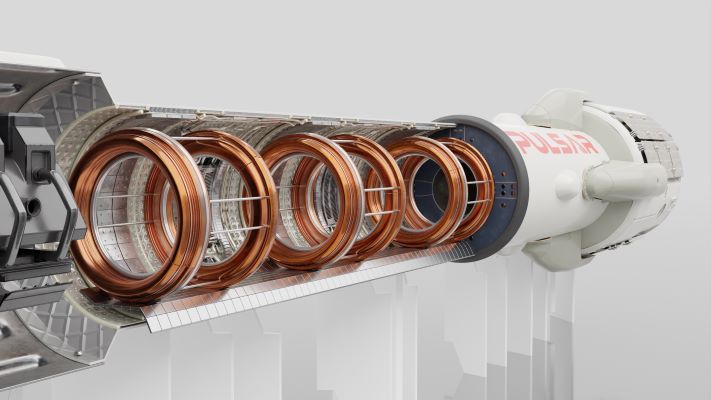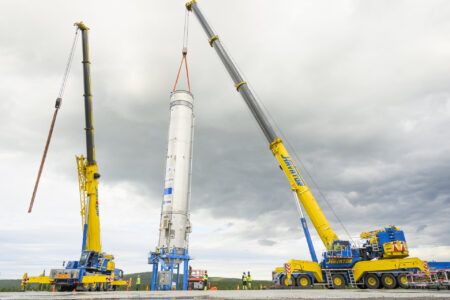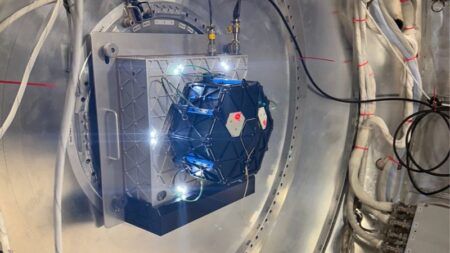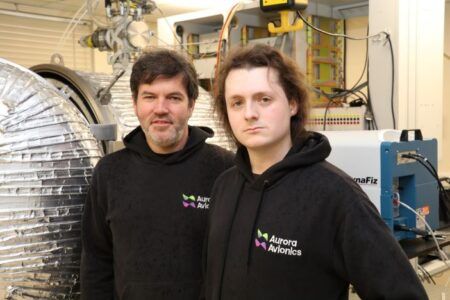UK-based company Pulsar Fusion has started to construct what it says is the largest practical nuclear fusion rocket engine ever built, and intends to fire it in 2027.
According to Pulsar Fusion, which was founded in 2011 and is based in Bletchley, Oxfordshire, its fusion-powered rocket has the potential to travel as fast as 500,000mph (805,000km/h) and reach Mars in 30 days.
Engineers at the company are assembling an 8m (26ft) wide fusion chamber capable of containing a plasma several hundred- million degrees centigrade hot when it is fired up in 2027 — temperatures hotter than the Sun.
Dr James Lambert, director of operations at Pulsar Fusion said, “The difficulty is learning how to hold and confine the super-hot plasma within an electromagnetic field.
“The plasma behaves like a weather system in terms of being incredibly hard to predict using conventional techniques. Scientists have not been able to control the turbulent plasma as it is heated to hundreds of millions of degrees and the reaction simply stops.
“Scientists can get to fusion temperatures, as recently demonstrated at the Lawrence Livermore laboratory in 2022, and this will be achieved again more often going forward, but small improvements can dramatically improve the results in our favor.”
Energy from the process of nuclear fusion, as opposed to atom-splitting fission, has been seen as a holy grail by engineers for decades for power generation because its byproducts are not as dangerous. However, despite significant investment and some breakthroughs a self-sustaining, contained fusion reaction has proved elusive and most experts agree a nuclear fusion power station is still decades away.
Pulsar believes that recent advances in machine learning techniques will enable faster progress in understanding the way super-hot plasma behaves and enable the development of its Direct Fusion Drive (DFD) rocket.
The company is partnering with Princeton Satellite Systems and using data from the World record holding PFRC-2 (Princeton field-reversed configuration) reactor to create computer simulations which predict how super-hot plasma behaves under electromagnetic confinement. These simulations will be used to guide and improve the design of the rocket engine prototype.
Richard Dinan CEO of Pulsar said, “Our current satellite engines we make today at Pulsar, produce up to 25 miles per second in exhaust speeds. We hope to achieve over 10 times that with fusion.
“If the Pulsar rocket test can achieve fusion temperatures at its demonstration to Aerospace partners in 2027, then the technology has the potential to half mission times to Mars, reduce flight time to Saturn from 8 years to 2 and ultimately empower humanity to leave our solar system.
“We will be keeping our existing partners up to date at every step even as we begin early firings in 2025, we will be able to know if we are on the right track.
“Pulsar would then need to conduct a test firing in orbit. To the fusion community, AI truly does have the potential to allow us to achieve engines capable of interstellar space travel.”





